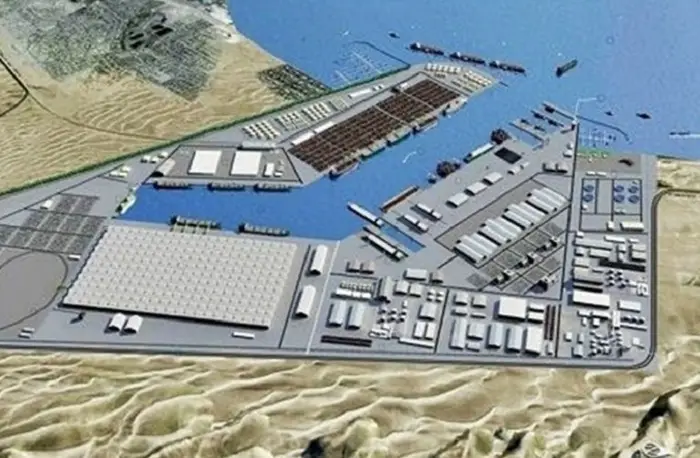Bagamoyo Port which upon completion is expected to be the largest in East Africa is expected to kick off operations between 2020 and 2021.
Deputy Minister for Trade, Industries and Investment, Engineer Stella Manyanya told parliament yesterday that Bagamoyo Port is expected to boost the country’s economy and attract major investments to the country.
Construction of the port is being carried out through a collaboration of China and Oman. Also to be constructed around Bagamoyo area are over 190 industries, including the manure processing industry that will be put up by the government of Oman.
When fully developed, the Bagamoyo Special Economic Zone will attract about 700 industries to become a strategic investment zone in East Africa.
The Bagamoyo port and its affiliate industrial zone is meant to address congestion at the old port and support Tanzania to become East Africa’s leading shipping and logistics centre. The port is located about 75 kilometres from Dar es Salaam and 10 kilometres from Bagamoyo town.
Mooted in 2013 by retired president Jakaya Kikwete, construction of the port has been hit by delays mainly associated with issues to do with funding.
Also read: New ports in Tanzania to be constructed
Compensation
The project has also faced compensation issues, but that has since been solved by China Merchants Holdings International (CMHI), a port management firm. CMHI Managing Director Hu Jianhua said in a statement in a recent interview that the company would run Bagamoyo port as one of its overseas ports.
It is these financial constraints that have forced Tanzania to miss out on ownership of the US $10bn Bagamoyo Port and Special Economic Zone project.
Under a three-way partnership signed with Oman and China in 2013, Tanzania was to get an undisclosed shareholding in the project by dint of raising US $28 million for compensating landowners who were to be displaced.
However, the government managed to raise only US $1.5 million and compensated a few of the 2,180 registered residents of the area earmarked for the project.
